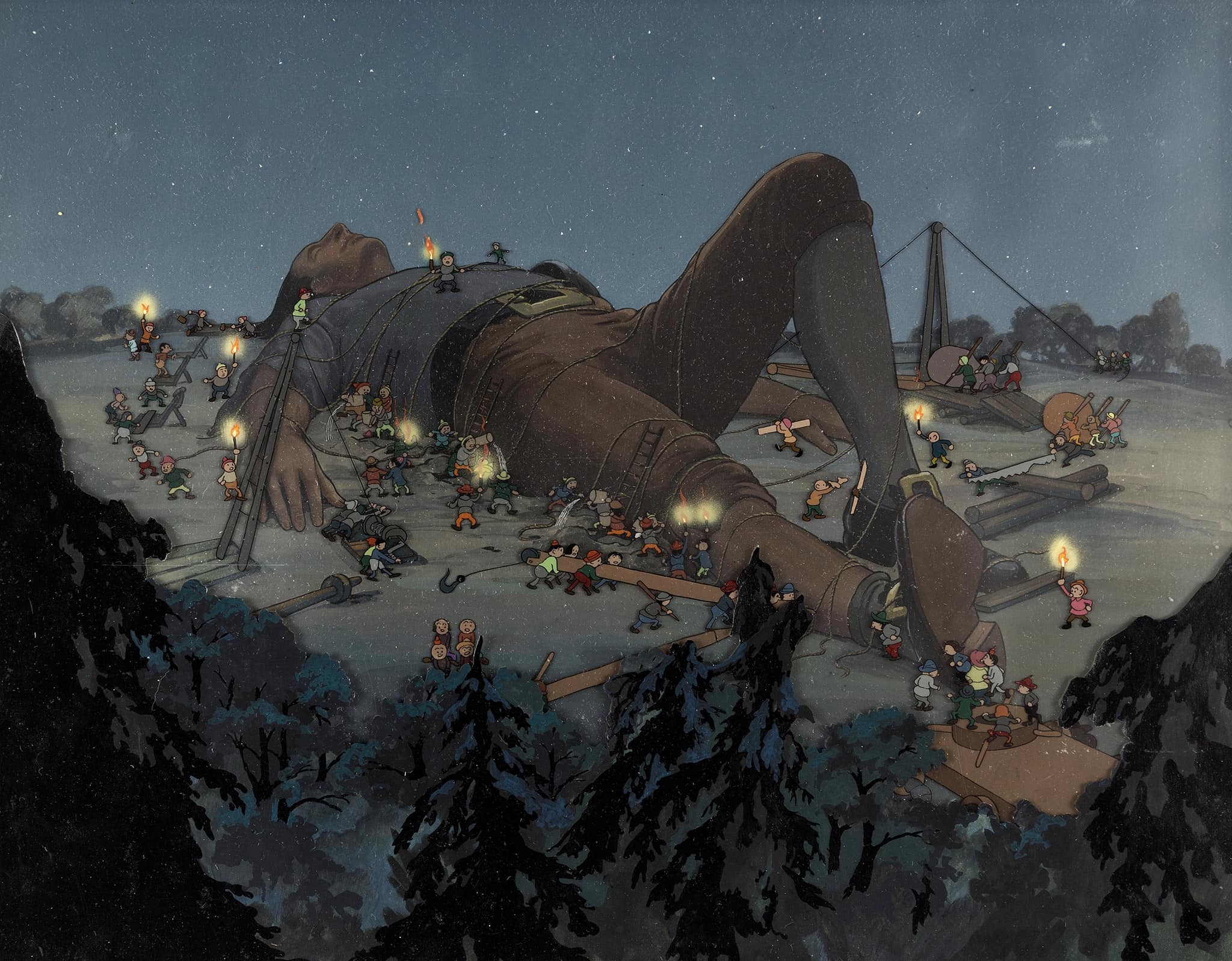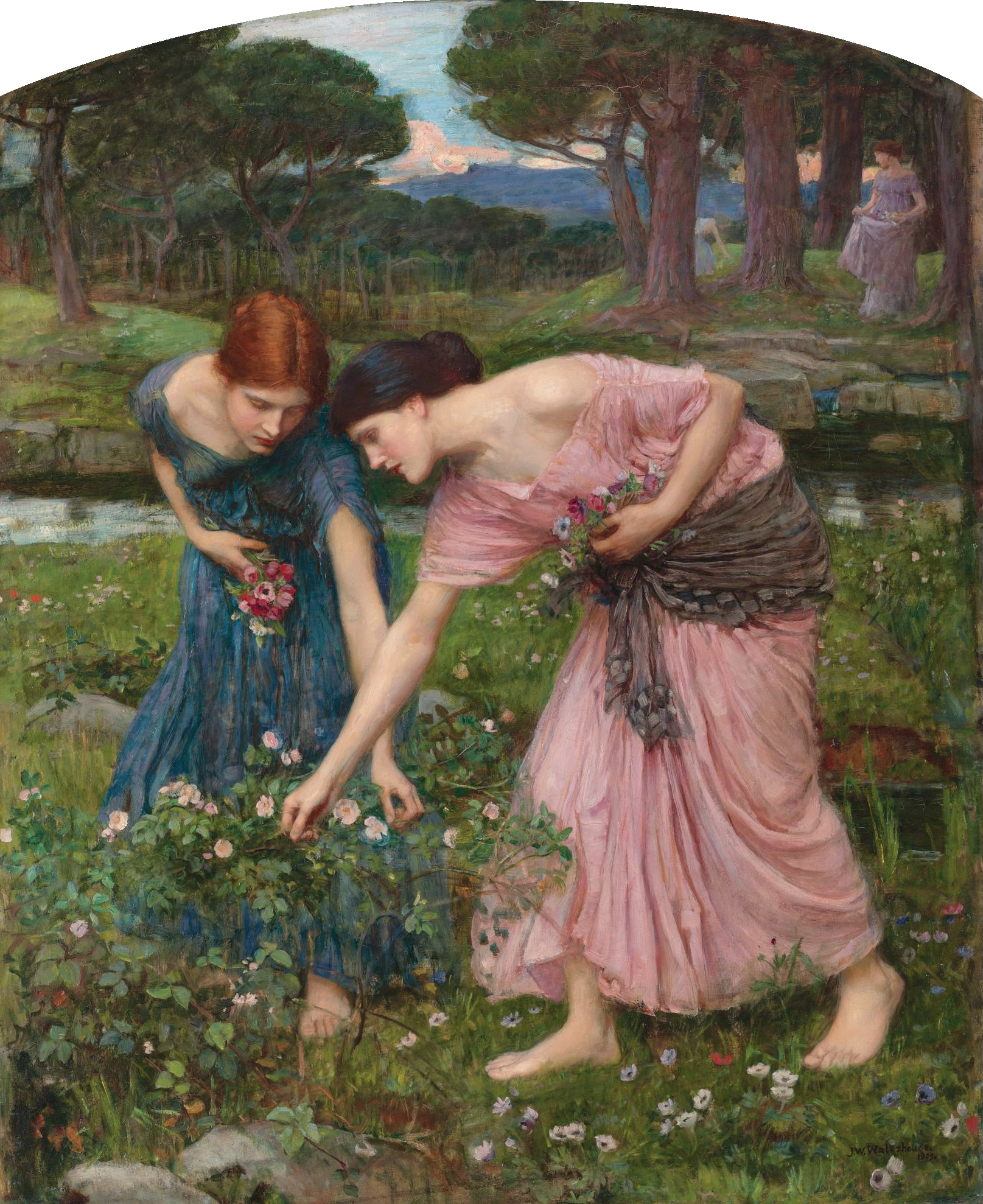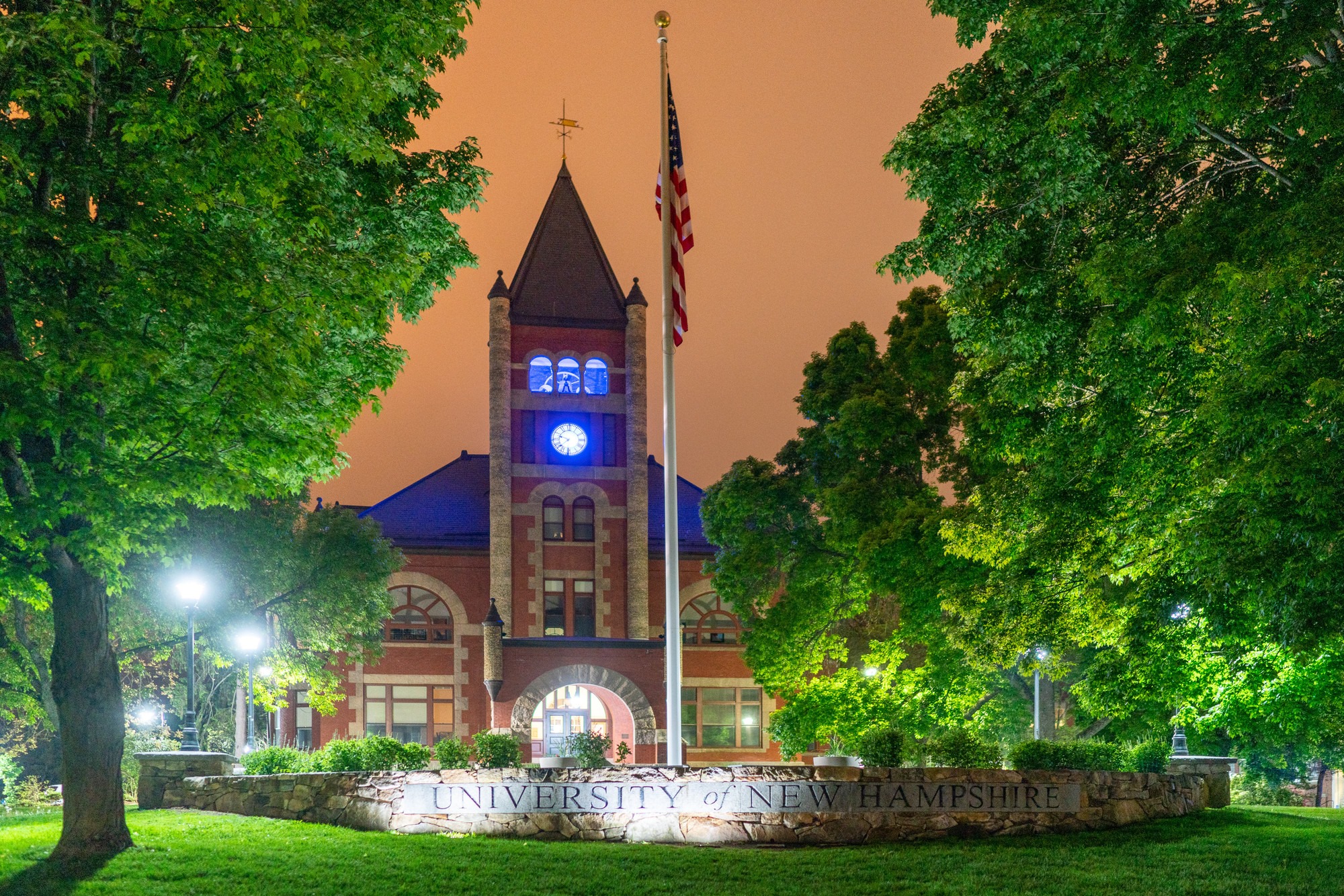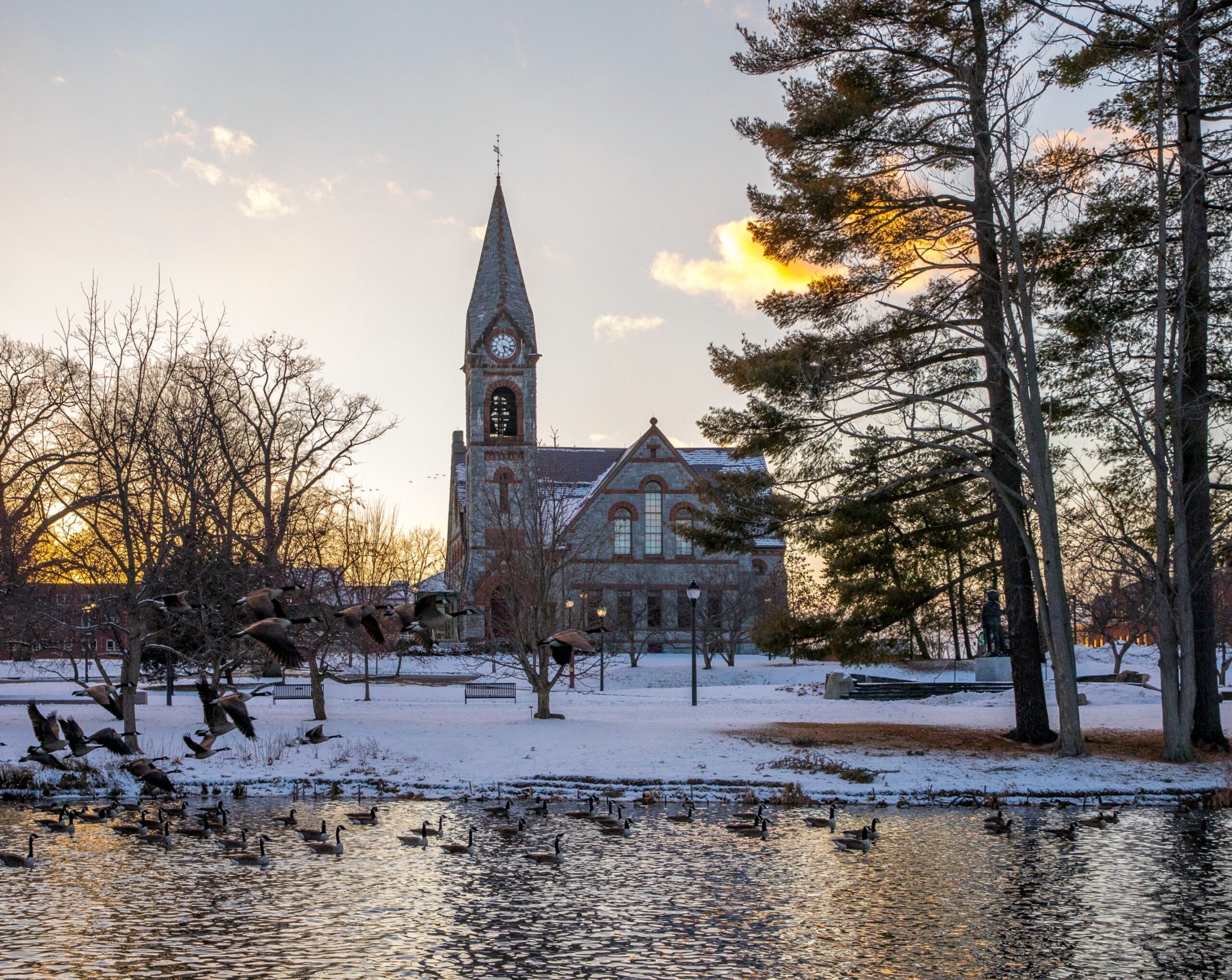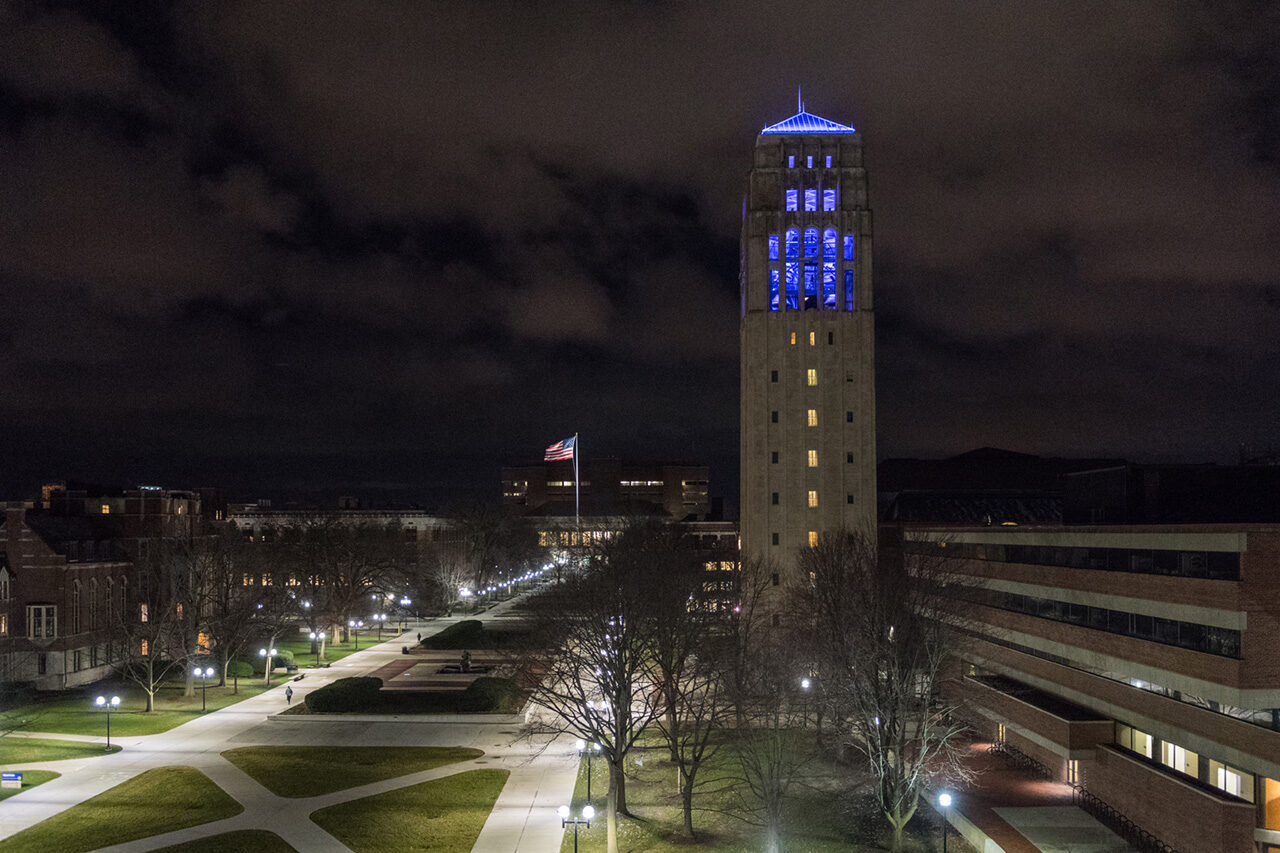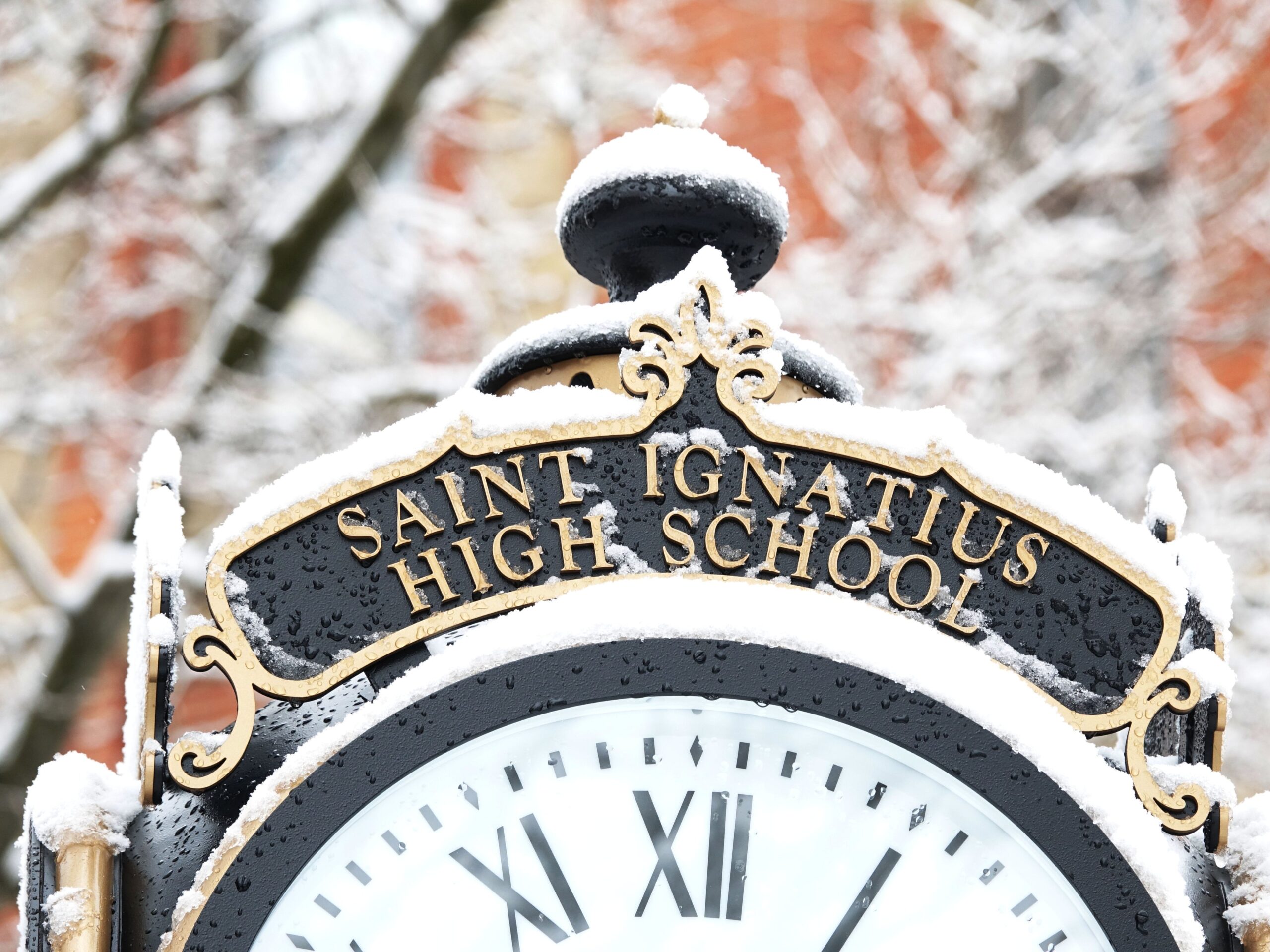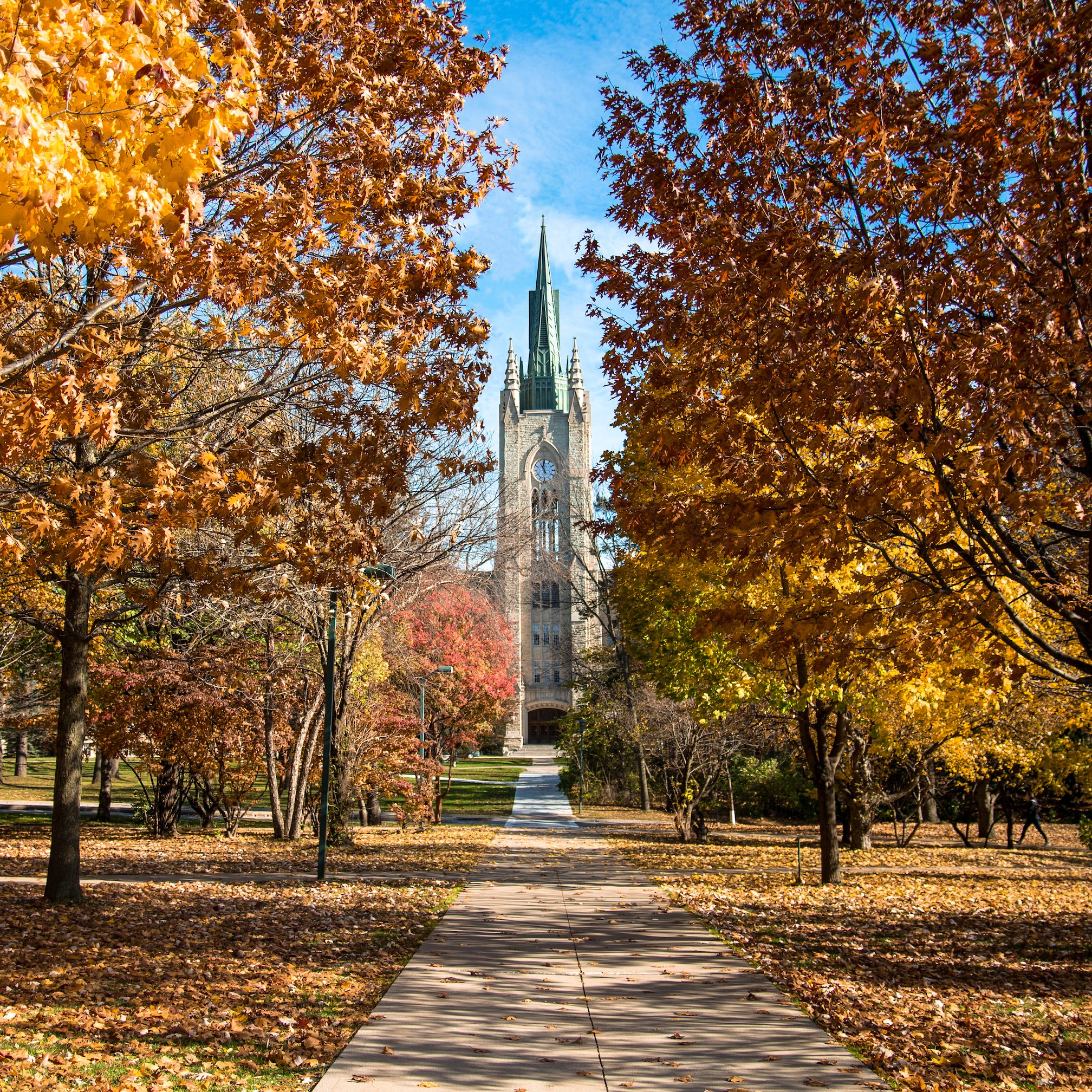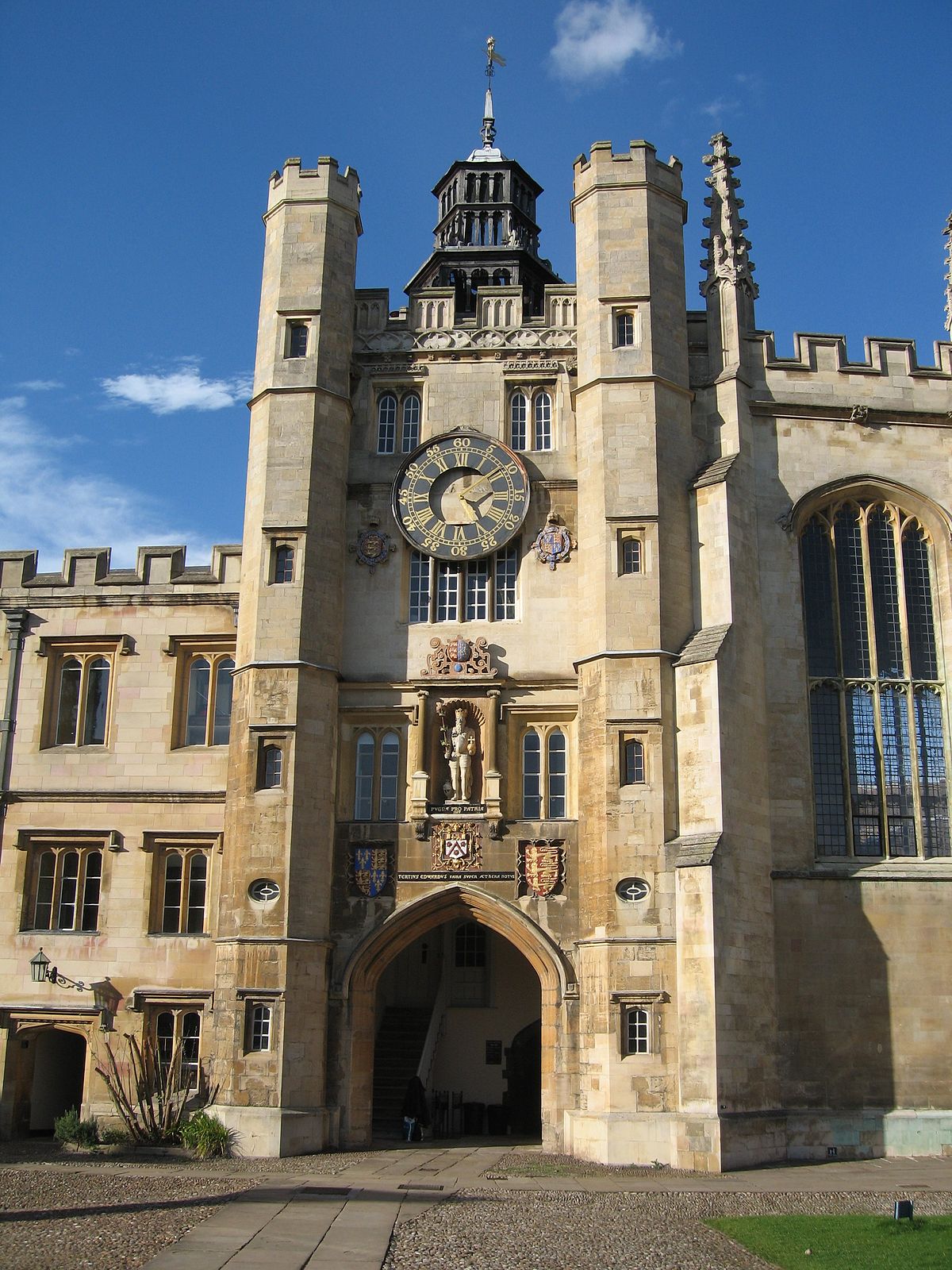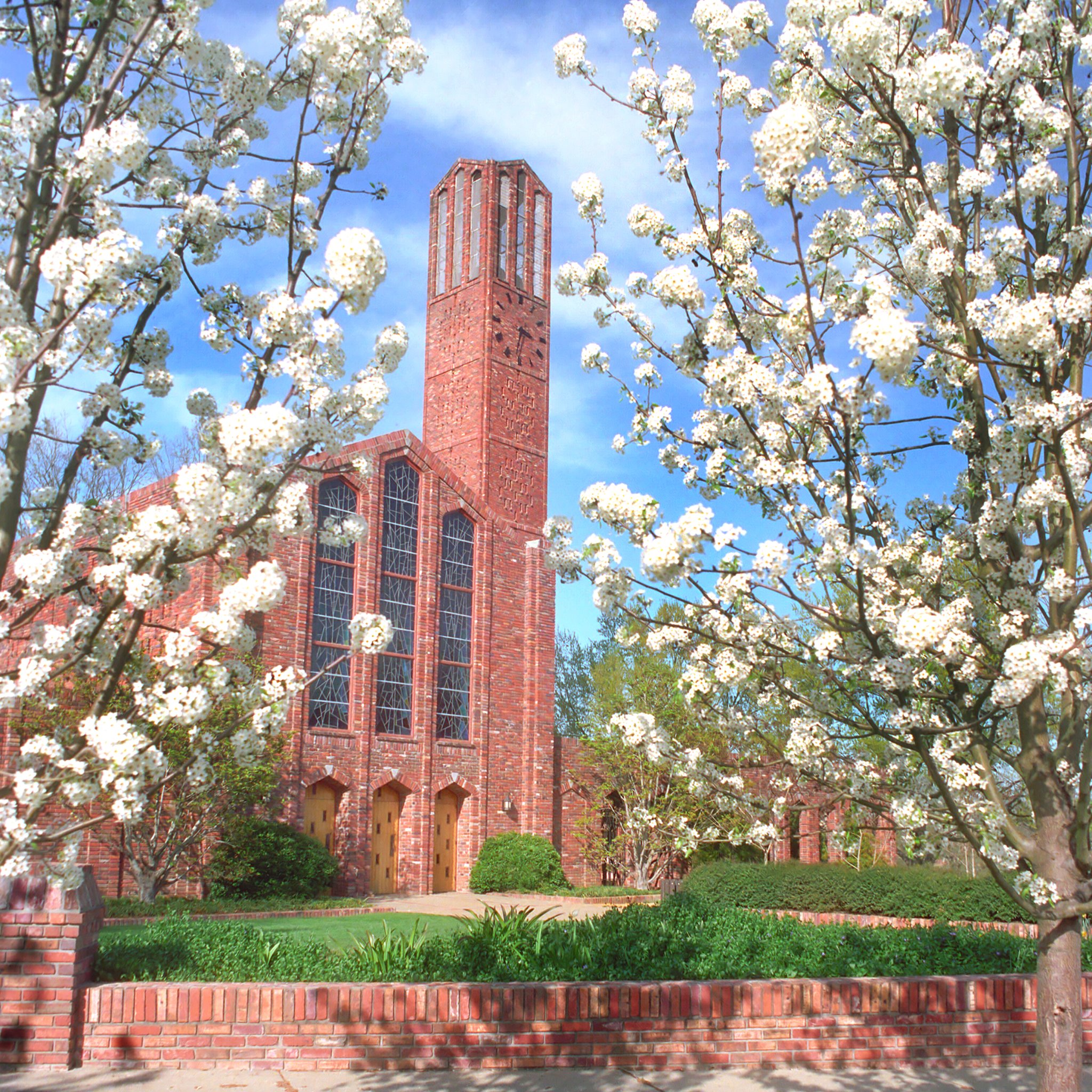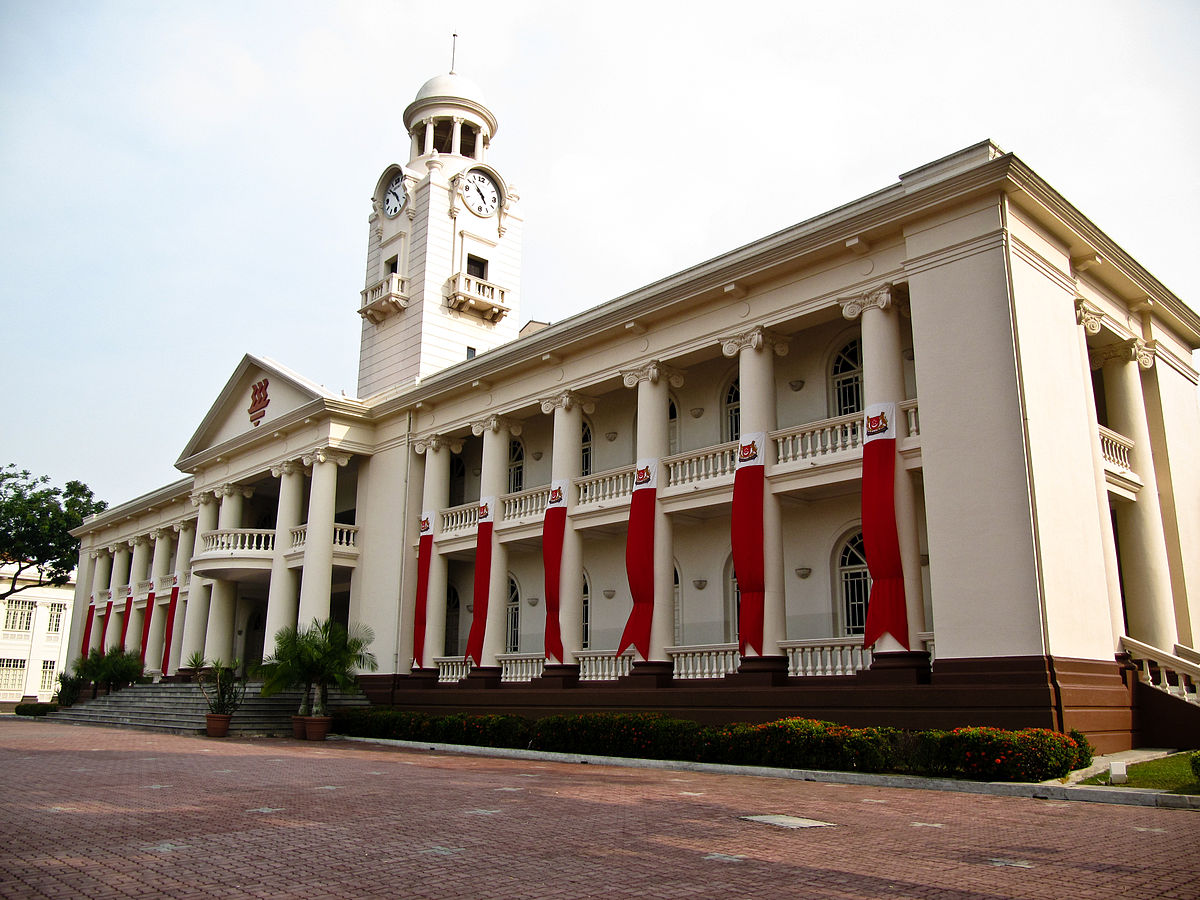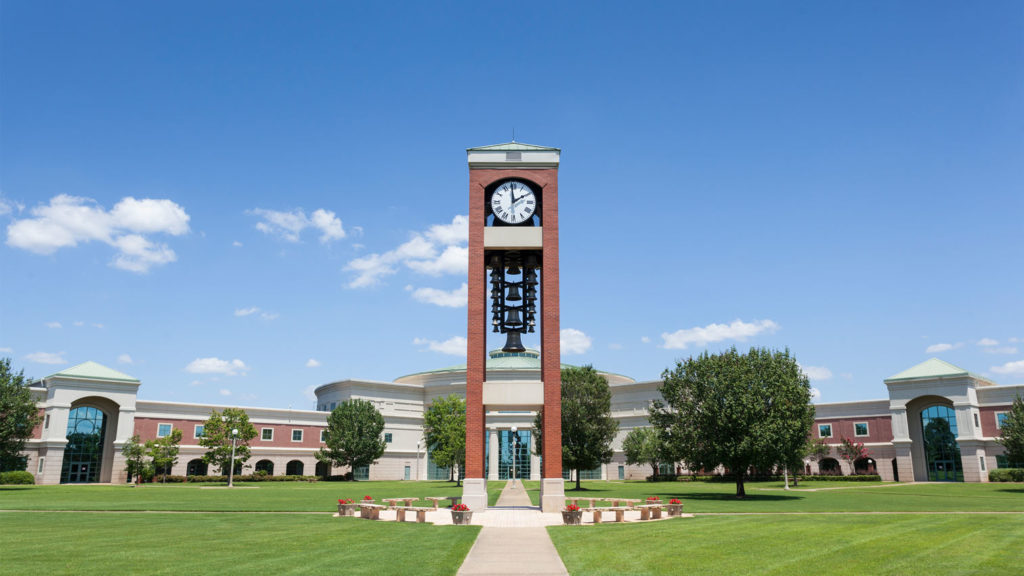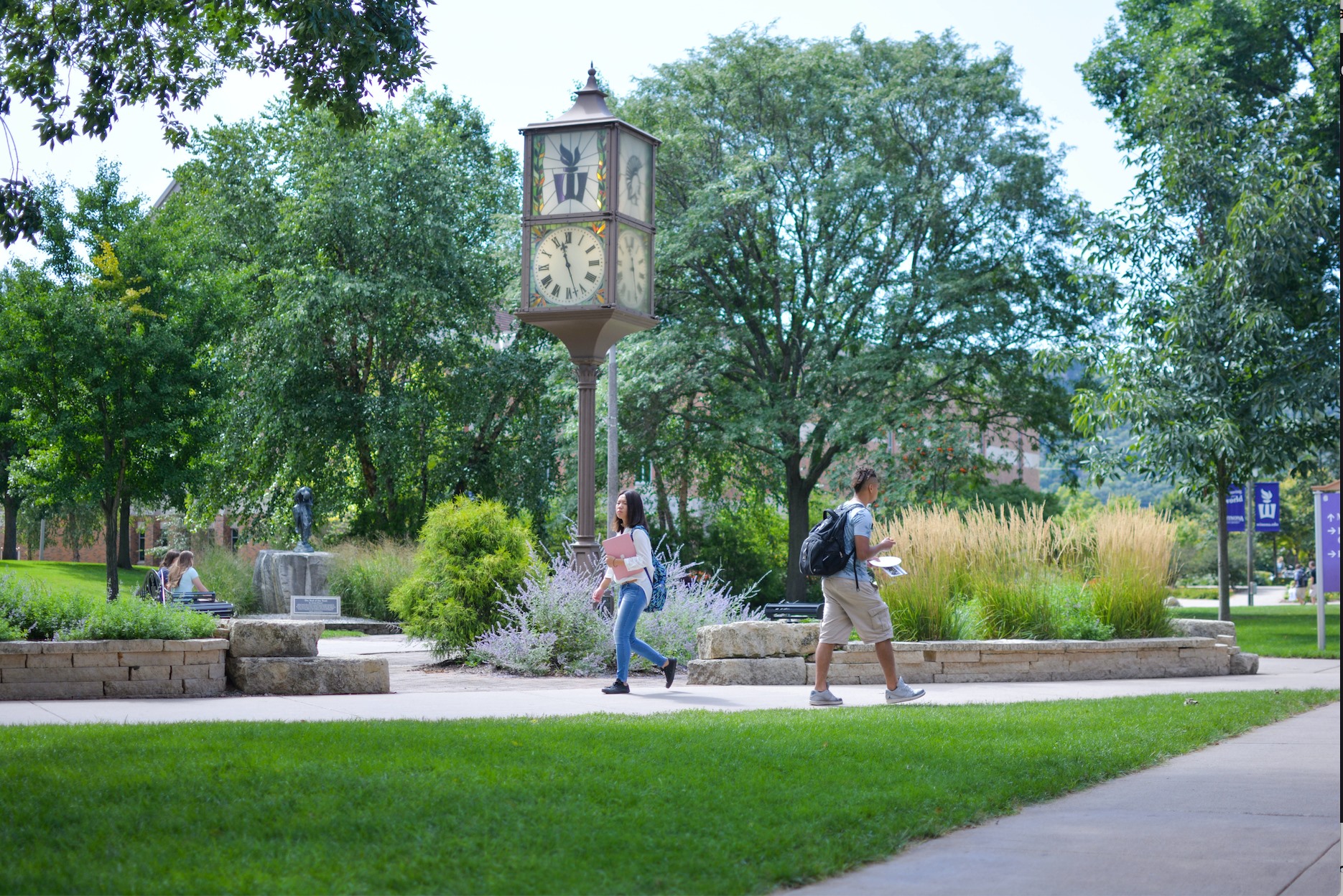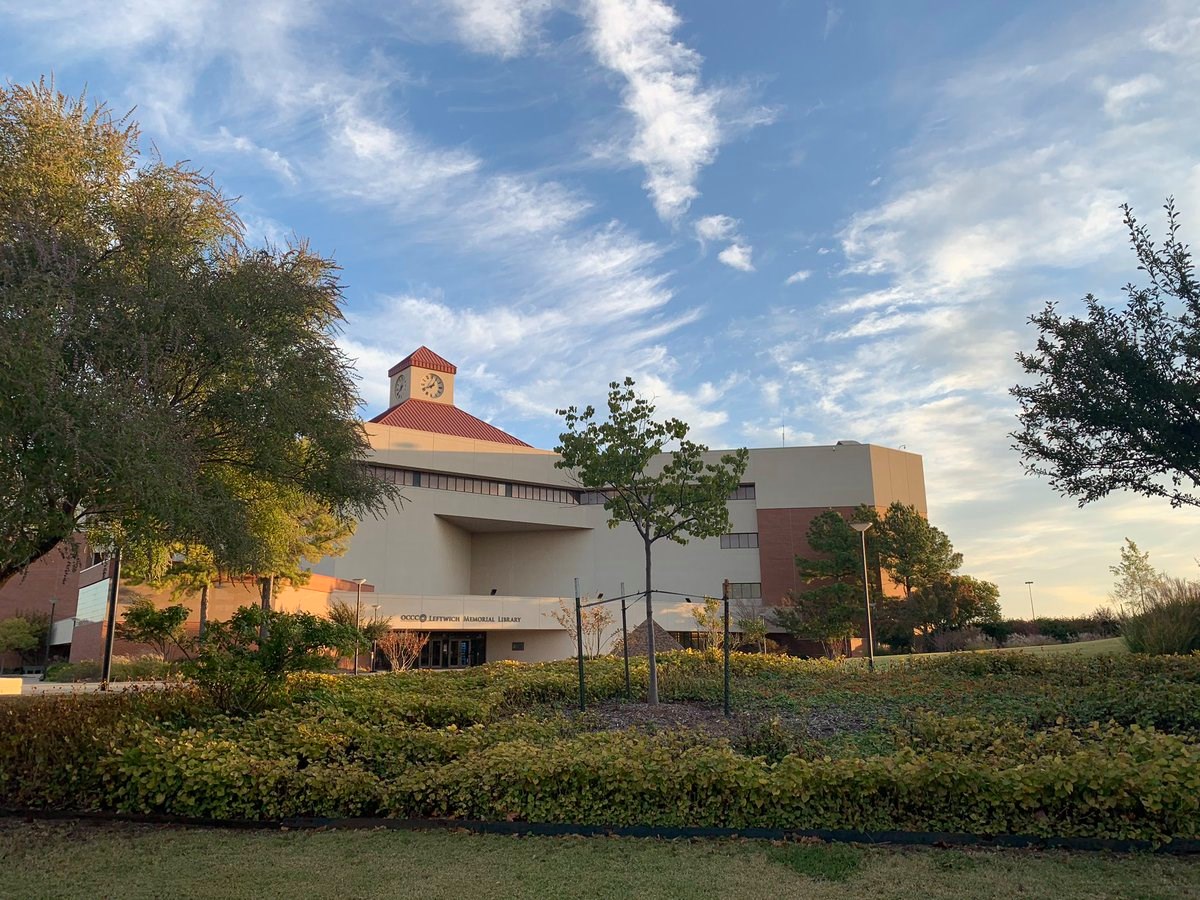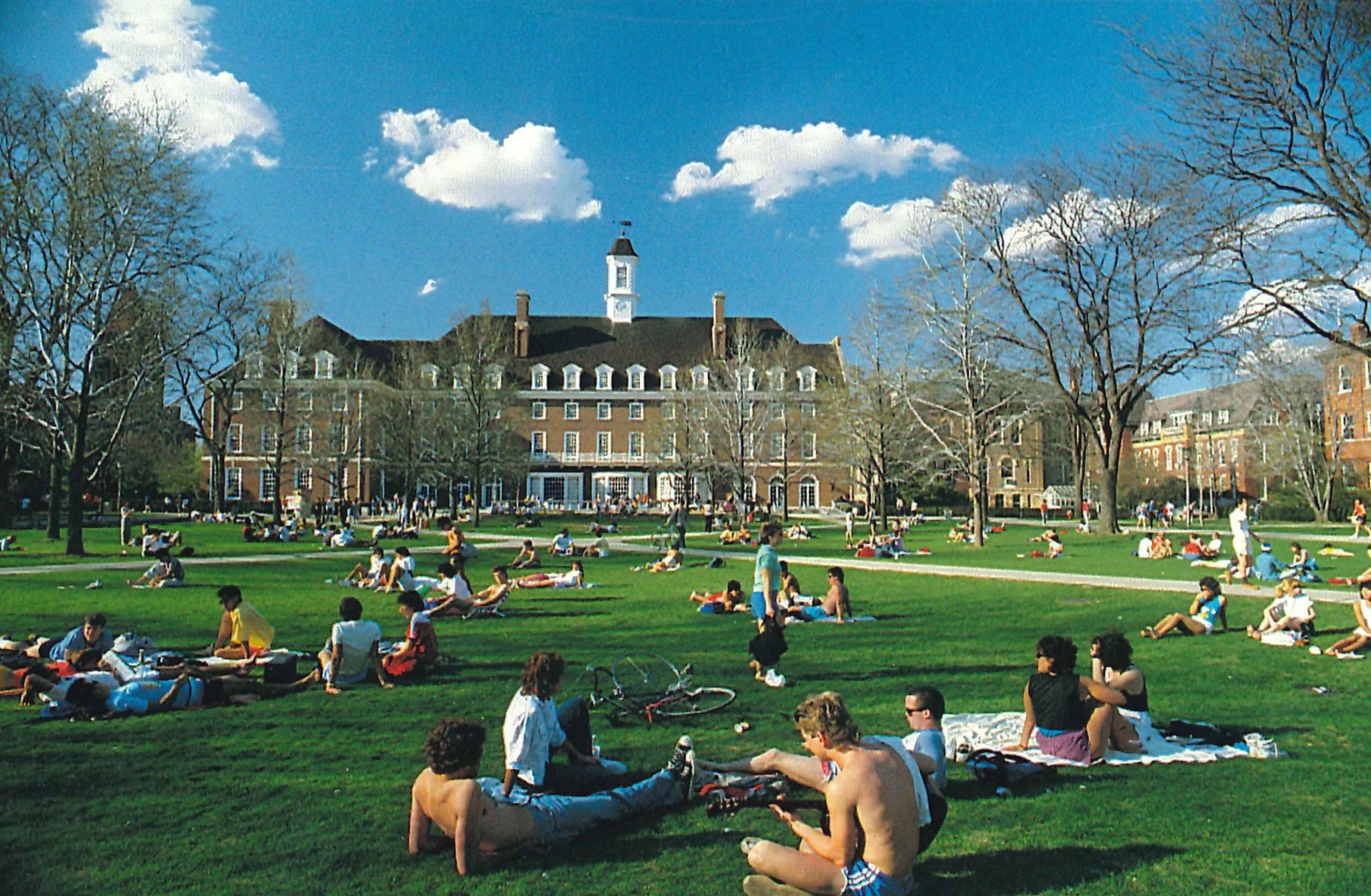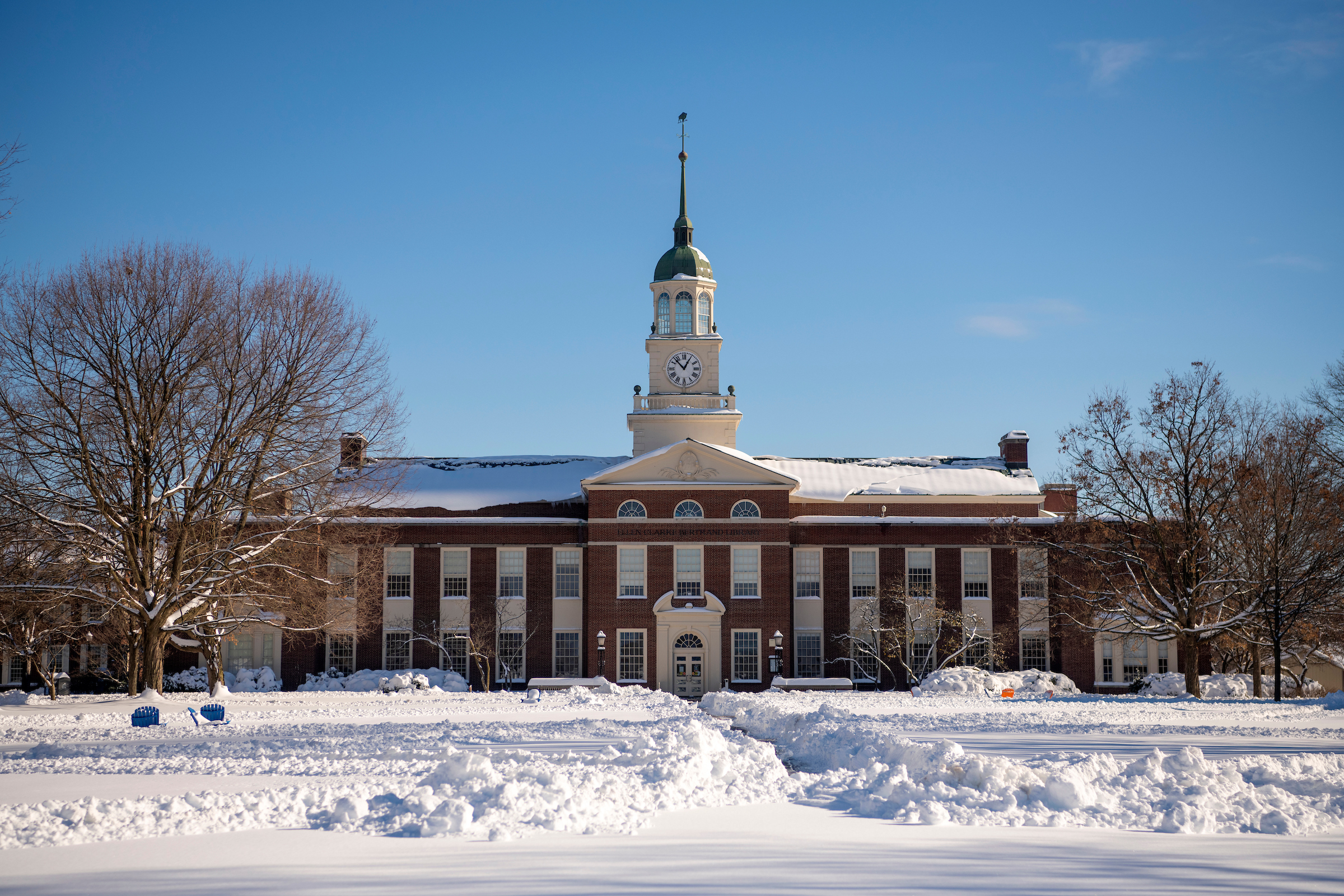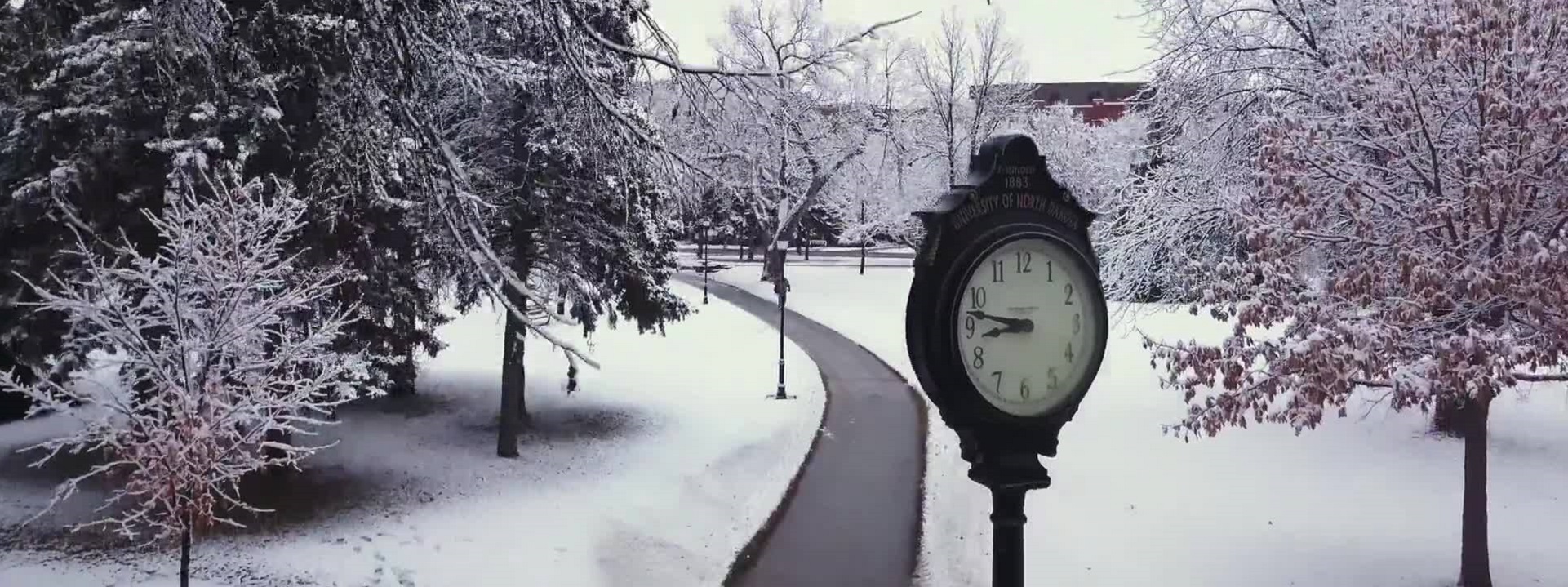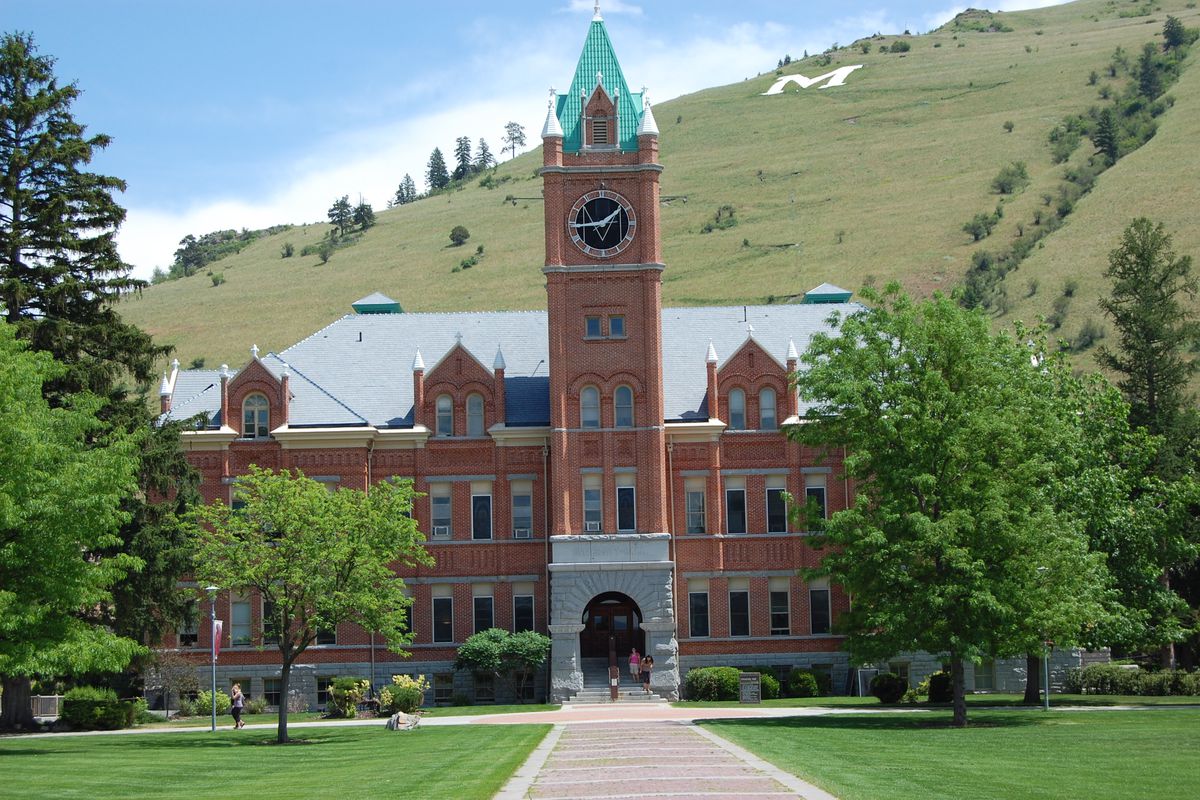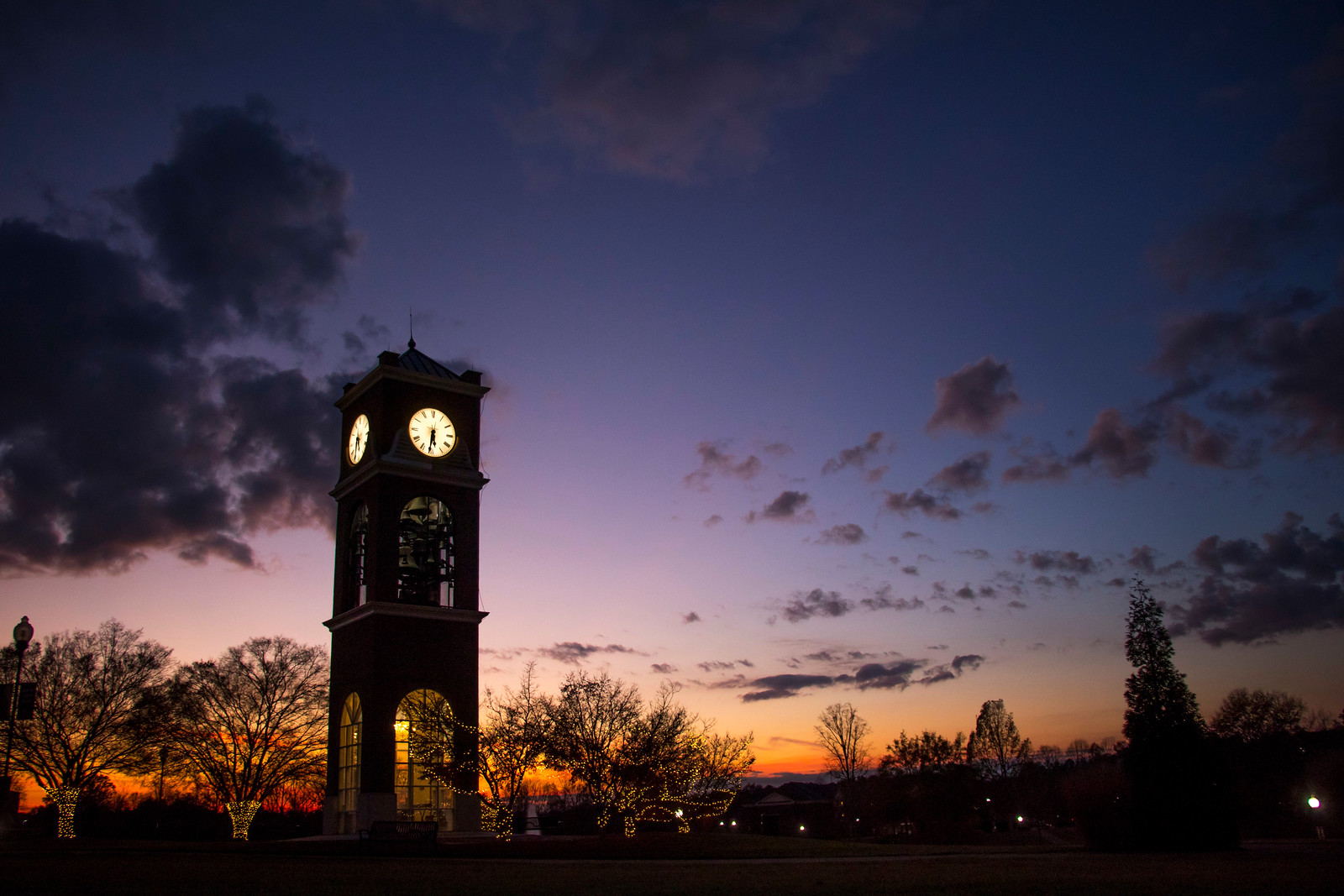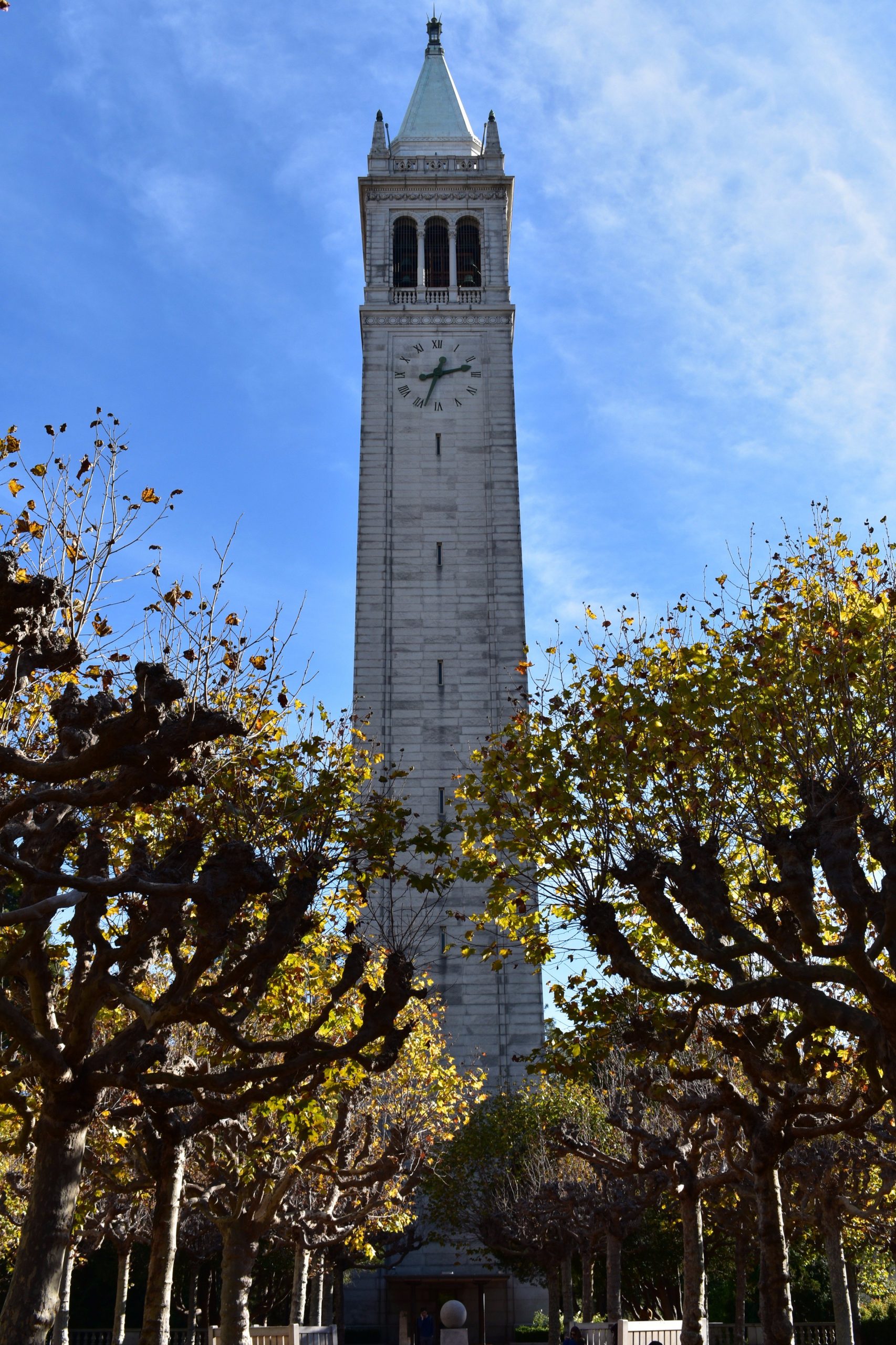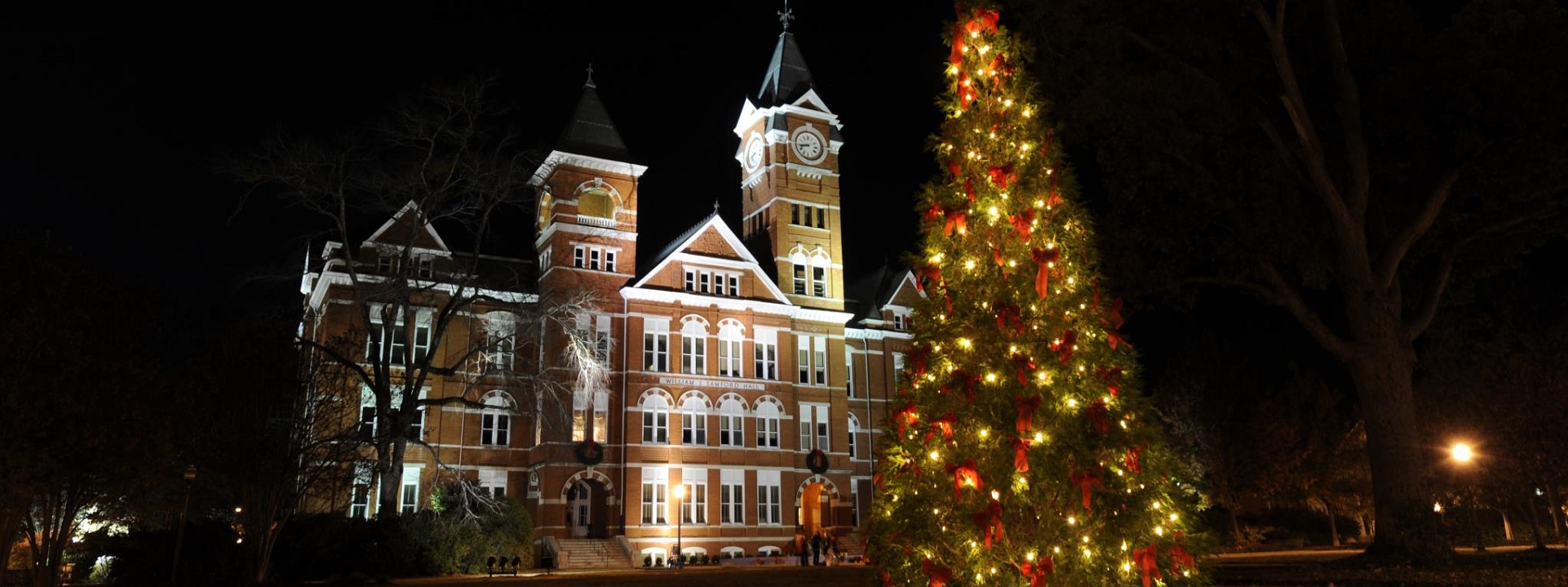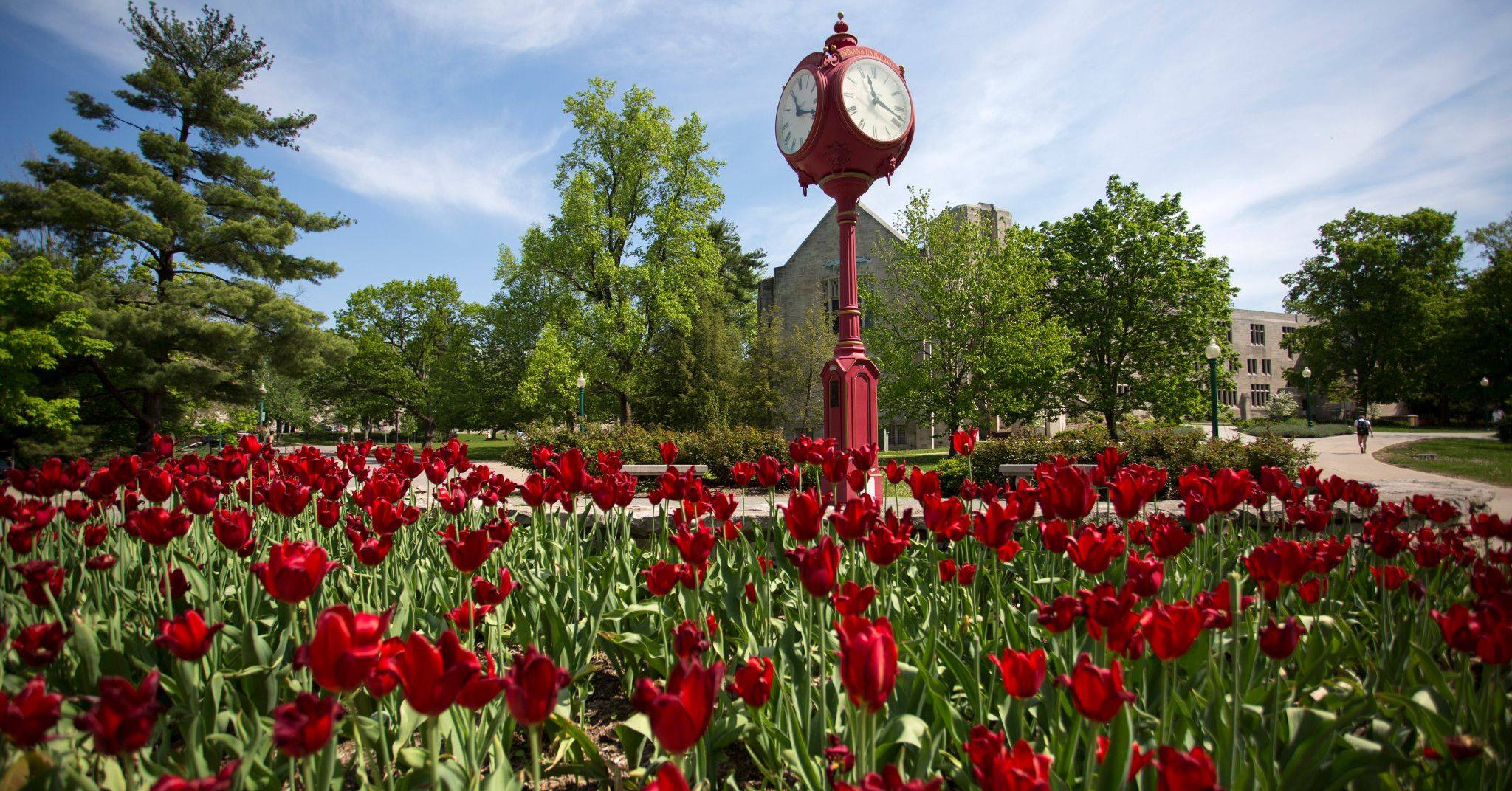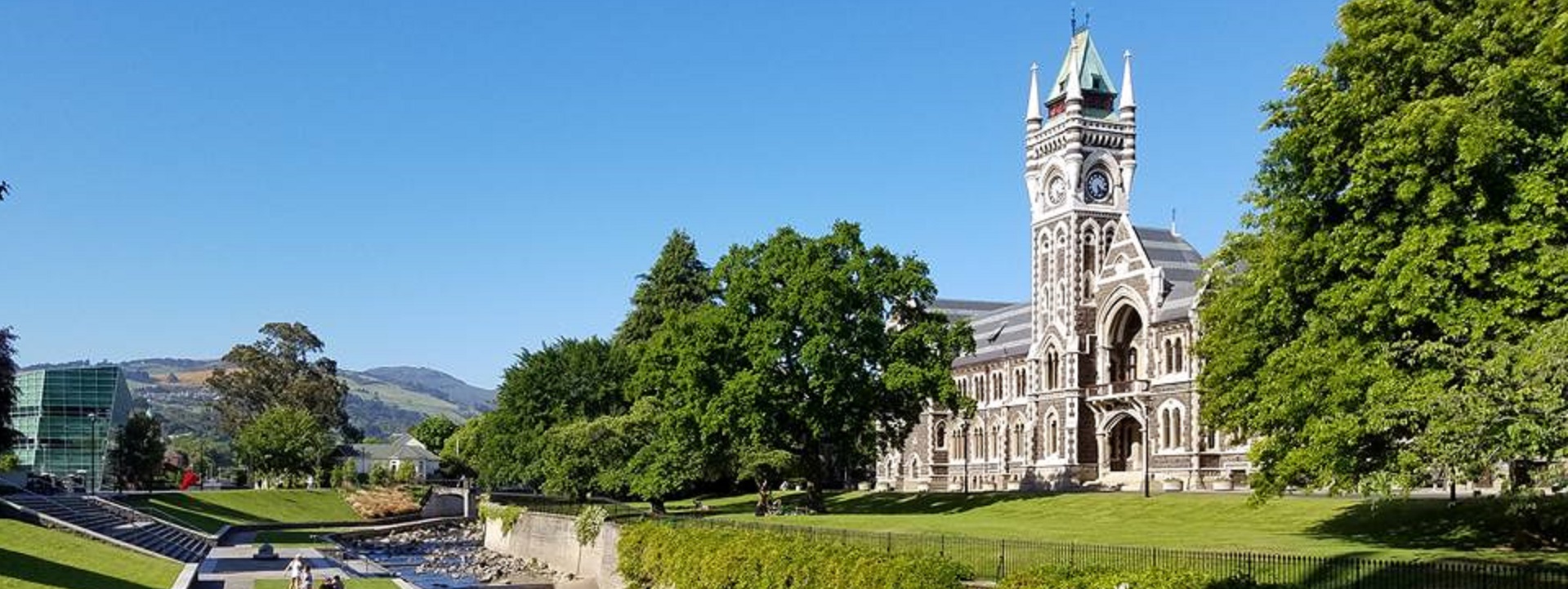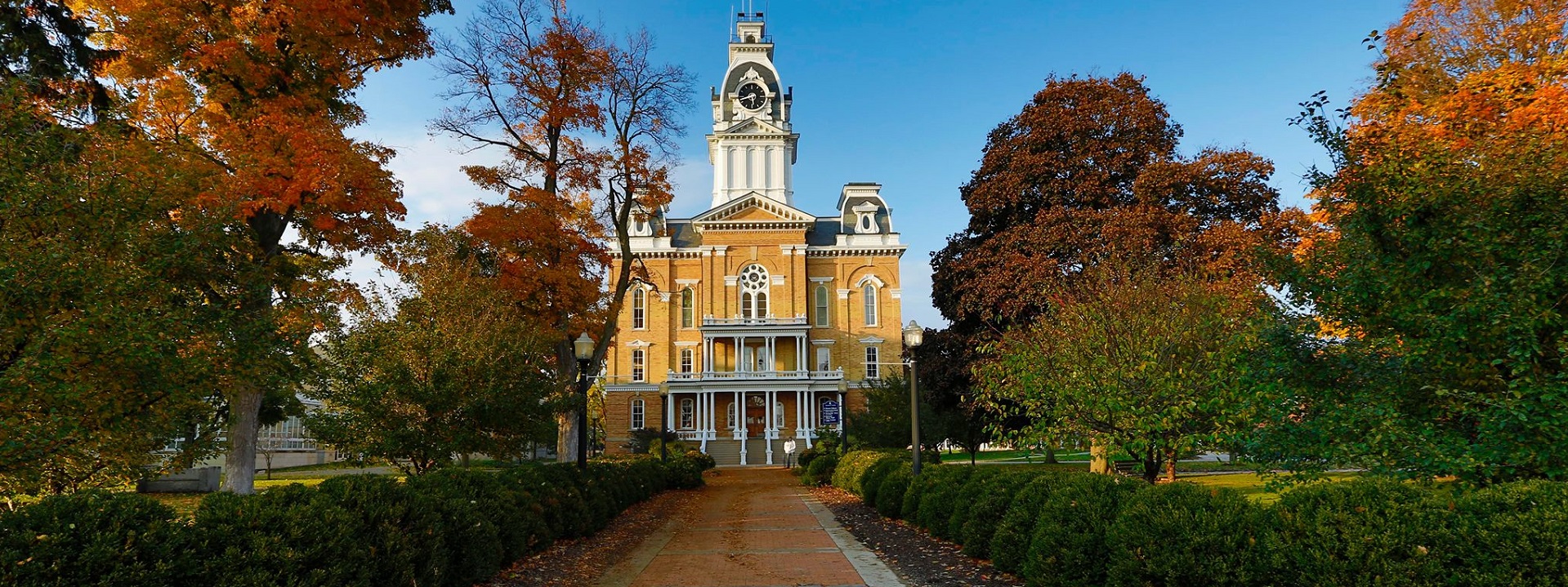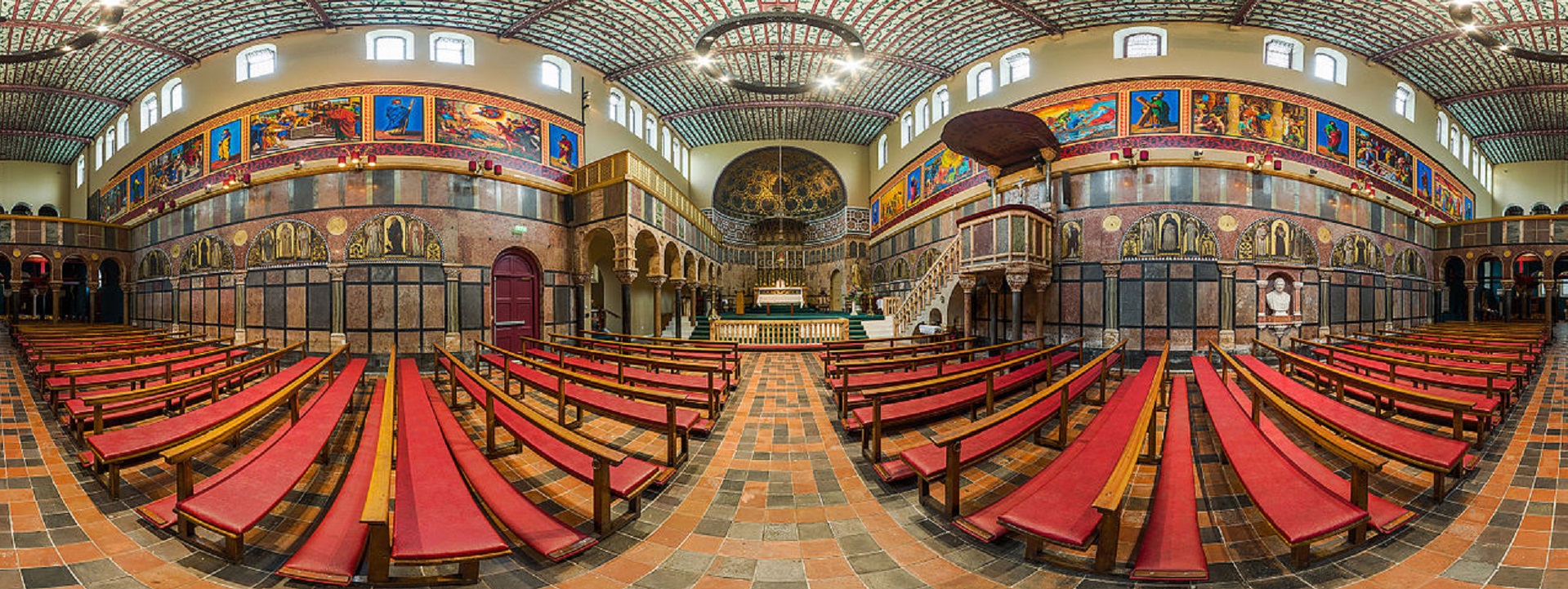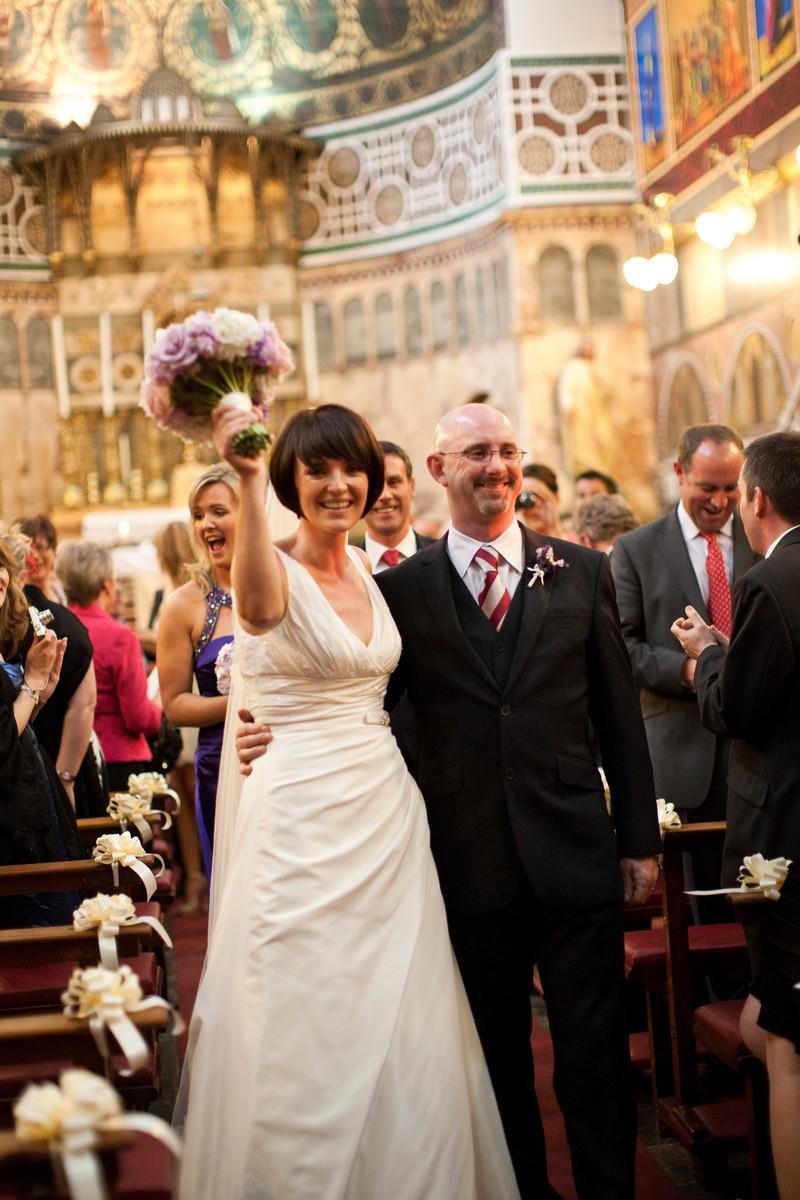“Finian’s Rainbow” is a musical (written by E.Y. Harburg – University of Michigan 1918) that tells the story of an Irishman named Finian McLonergan who comes to the United States with his daughter Sharon to bury a pot of gold stolen from a leprechaun. Finian believes that if he buries the gold in the soil of Fort Knox, it will grow and multiply, allowing him to live a life of luxury.
However, the town they settle in, Rainbow Valley, is owned by a racist senator named Billboard Rawkins, who wants to evict the sharecroppers living on the land. With the help of a local activist named Woody, Sharon and the sharecroppers team up to stop Rawkins’ eviction plans.
Meanwhile, Og, the leprechaun whose gold Finian stole, comes to America to get his gold back. Og meets and falls in love with Susan, the mute daughter of the sharecropper Woody, and realizes that he wants to stay in America with her.
The story deals with themes of racism, prejudice, and the American dream, and features memorable like “Old Devil Moon,” “How Are Things in Glocca Morra?” and “If This Isn’t Love.”




